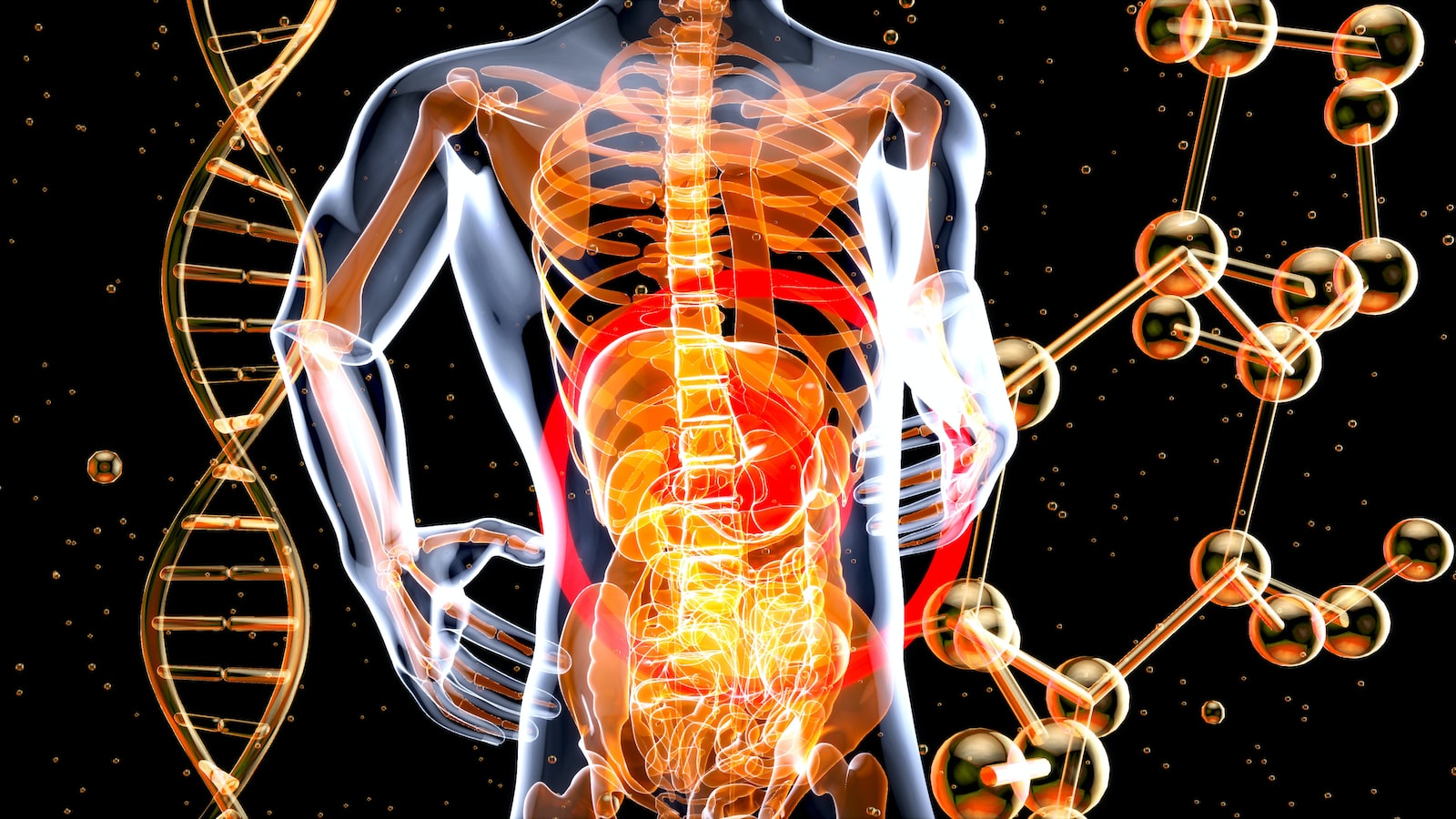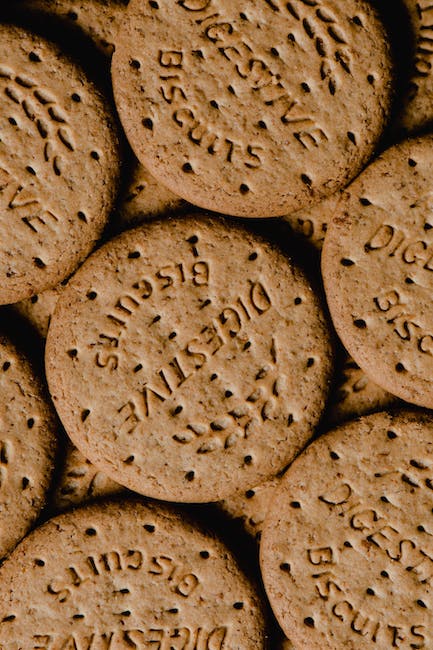Have you ever wondered what happens inside your pet’s gut after they chow down on their favorite meal? The digestive system is a complex and fascinating process that plays a crucial role in your pet’s overall health and well-being. From the moment food enters their mouth to the moment it exits their body, there are a series of intricate steps that take place to break down and absorb nutrients. In this article, we’ll take a closer look at the inner workings of your pet’s digestive system and provide a guide to digestion that will help you better understand your furry friend’s dietary needs. So, grab a seat and get ready to delve into the fascinating world of pet digestion!
1. Journey Through the Digestive System: A Look Inside Your Pet’s Gut
The digestive system is a complex network of organs and tissues that work together to break down food and absorb nutrients. In pets, this system is no different. From the moment food enters their mouth, a journey through the digestive system begins. Let’s take a closer look at what happens inside your pet’s gut.
First, food is broken down in the mouth by enzymes in saliva. This is why it’s important to chew food thoroughly before swallowing. From there, the food travels down the esophagus and into the stomach. The stomach is a muscular sac that churns and mixes the food with stomach acid and enzymes. This process breaks down the food even further, turning it into a liquid called chyme. The chyme then moves into the small intestine, where most of the nutrients are absorbed into the bloodstream. The small intestine is lined with tiny finger-like projections called villi, which increase the surface area for nutrient absorption. Finally, any waste products that are left over move into the large intestine, where water is absorbed and the remaining waste is formed into feces. This is then eliminated from the body through the rectum and anus.
It’s important to note that a healthy digestive system is crucial for your pet’s overall health and well-being. Feeding a balanced diet, providing plenty of water, and regular exercise can all help keep your pet’s digestive system functioning properly. If you notice any signs of digestive issues, such as vomiting, diarrhea, or constipation, it’s important to consult with your veterinarian to determine the underlying cause and appropriate treatment. By understanding the journey through the digestive system, you can better care for your pet’s health and ensure they live a happy and healthy life.
2. Breaking Down the Basics: Understanding Digestion in Your Furry Friend
Digestion is a complex process that occurs in your furry friend’s body. Understanding how it works is essential to ensure your pet’s health and well-being. Here are some basics to help you understand how digestion works in your furry friend:
– Mouth: Digestion begins in the mouth, where your pet’s teeth and tongue work together to break down food into smaller pieces. Saliva also plays a crucial role in the process by moistening the food and starting the breakdown of carbohydrates.
– Esophagus: Once the food is chewed and moistened, it travels down the esophagus to the stomach. The esophagus is a muscular tube that contracts and relaxes to push the food down into the stomach.
– Stomach: In the stomach, the food mixes with stomach acid and enzymes that break down proteins. The stomach also contracts to help break down the food further and mix it with digestive juices.
– Small intestine: The small intestine is where most of the nutrients from the food are absorbed into the bloodstream. The walls of the small intestine are lined with tiny finger-like projections called villi that increase the surface area for absorption.
– Large intestine: The large intestine is where water is absorbed from the remaining undigested food, and waste products are formed into feces.
– Rectum and anus: The rectum stores feces until it is ready to be eliminated through the anus.
By understanding the basics of digestion in your furry friend, you can better care for their health and ensure they are getting the nutrients they need. If you notice any changes in your pet’s digestion, such as vomiting or diarrhea, it is essential to consult with your veterinarian to determine the cause and appropriate treatment.
3. From Mouth to Tail: A Comprehensive Guide to Your Pet’s Digestive Process
Digestion is a complex process that starts in the mouth and ends at the tail. Understanding how your pet’s digestive system works can help you make informed decisions about their diet and overall health. Here’s a comprehensive guide to your pet’s digestive process:
Mouth: Digestion begins in the mouth, where food is broken down into smaller pieces by chewing and mixed with saliva. Saliva contains enzymes that start breaking down carbohydrates. Dogs and cats have different types of teeth that are adapted to their diet. Dogs have sharp teeth for tearing meat, while cats have pointed teeth for biting and tearing.
Stomach: Once food is swallowed, it travels down the esophagus and into the stomach. The stomach is a muscular sac that mixes and grinds food, breaking it down further. Stomach acid and enzymes continue breaking down food, especially proteins. The stomach also regulates the release of food into the small intestine. Some pets, like cats, are obligate carnivores and require a high-protein diet to thrive. Others, like dogs, are omnivores and can digest a variety of foods. As we conclude our journey through the intricate world of pet digestion, we hope you have gained a deeper understanding of the processes that occur inside your furry friend’s gut. From the moment food enters their mouth to the moment waste exits their body, every step is crucial to their overall health and well-being. Remember to pay attention to your pet’s eating habits, provide them with a balanced diet, and seek veterinary care if you notice any signs of digestive issues. With this knowledge, you can help ensure that your pet’s gut remains happy and healthy for years to come.

